AI isn't solely about Technology, it's also about People
The introduction of AI promises a future of efficiency and productivity, but such a transformation requires a thoughtful approach, particularly with regard to your workforce.

As Artificial Intelligence (AI) and Generative Artificial Intelligence (GenAI) become a growing force in the business landscape, its potential for increasing productivity and efficiency is clear. However, this transformation isn't solely about technology; it's also about people. Organizations need to consider how this new era of enhanced productivity will impact their employees at all levels.
By leveraging GenAI, teams can accomplish tasks with greater accuracy and in less time, allowing for a refocusing of human talent on complex, value-added activities. The emphasis here is not on replacing human skills, but on augmenting them.
It's crucial, however, to remember that this shift will require careful planning and sensitivity to the human element of your organization. This article explores how businesses can approach this challenge strategically, ensuring that the incorporation of GenAI benefits both the organization and its workforce.
Assessing the Impact on Your Workforce
GenAI promises to enhance many job roles, amplifying efficiency, proficiency, and innovation, freeing employees up to deeper work.
In the foreseeable future, enterprises must strategize on how this shift will manifest within their organizations, reshaping employee tasks and adapting business structures in the process. Enterprises must remain attuned to the emotional and professional impacts GenAI introduces to their teams.
Even if many may be eager for the opportunity to engage in more meaningful work, others may worry about the future relevance of their roles. The fear of becoming obsolete due to AI advancements is real, with many young professionals wary of AI rendering their roles redundant shortly after entering the workforce.
Executives need to partner with HR in charting out the future trajectory of roles in an AI-driven environment.
As GenAI becomes more ingrained in operations, assessments of staff sentiments should be initiated.A clear and transparent strategy for managing this change, helping staff embrace their AI assistants while preserving their agency, is crucial.
Adapting and Training Your Workforce
The goal is to have every member of your workforce leverage the advantages of GenAI, seamlessly integrating it into core operations, to elevate efficiency and productivity.
To optimize GenAI’s potential, your workforce will need to acquire new skill sets. It’s imperative to train employees how to use GenAI within the scope of their expertise.
While some employees will be quick to grasp and utilize GenAI tools, others might need more time due to varying technological aptitudes. Bridging this skill gap will be essential to ensure uniform adoption across the organization.
Tomorrow’s workers are more likely to be better “AI-competent” as AI is becoming widely used across enterprises.
Structural changes within the organization will inevitably follow. Businesses will need to reassess job roles, retrain staff, and potentially even create new positions that did not exist before.
New specialized roles, like "prompt engineer", will emerge to improve GenAI outputs.
In addition, it will be important for organizations to select people competent to assess the GenAI outputs to improve it. Ben Armstrong, executive director and research scientist at MIT’s Industrial Performance Center explains, “Generative AI functions for workers as the inverse of a robot. Whereas robotic process automation excels in its robustness and consistency— it is really good at routine processes—it’s really bad at flexibility.” He continues, “Generative AI is the opposite, infinitely flexible in terms of text-based tasks, but not robust at all. It needs a human in the loop to be much more robust, which means this will be a tool but not a total automation solution.”
Communication
GenAI will also likely cut across various departments within an organization. Ensuring seamless communication and coordination among these units, especially when deploying interconnected AI solutions, will be needed.
Organizations need a clear and transparent strategy that not only outlines the benefits of GenAI but also addresses the concerns and questions that employees may have. Training programs, informational sessions, and robust support systems can go a long way in helping staff adapt to these rapid changes.
Being proactive about assessing the impact on your workforce, and taking steps to manage this change carefully, will be key to harnessing the full potential of GenAI for the benefit of both your business and your employees.
At Lampi, our mission is to accelerate the development of AI applications for enterprises. That’s why we are excited to share our knowledge and best practices for organizations to deploy AI for real business impact.
Discover more about our AI solutions on our website
Don't forget to follow us on LinkedIn, Twitter, and Instagram!

